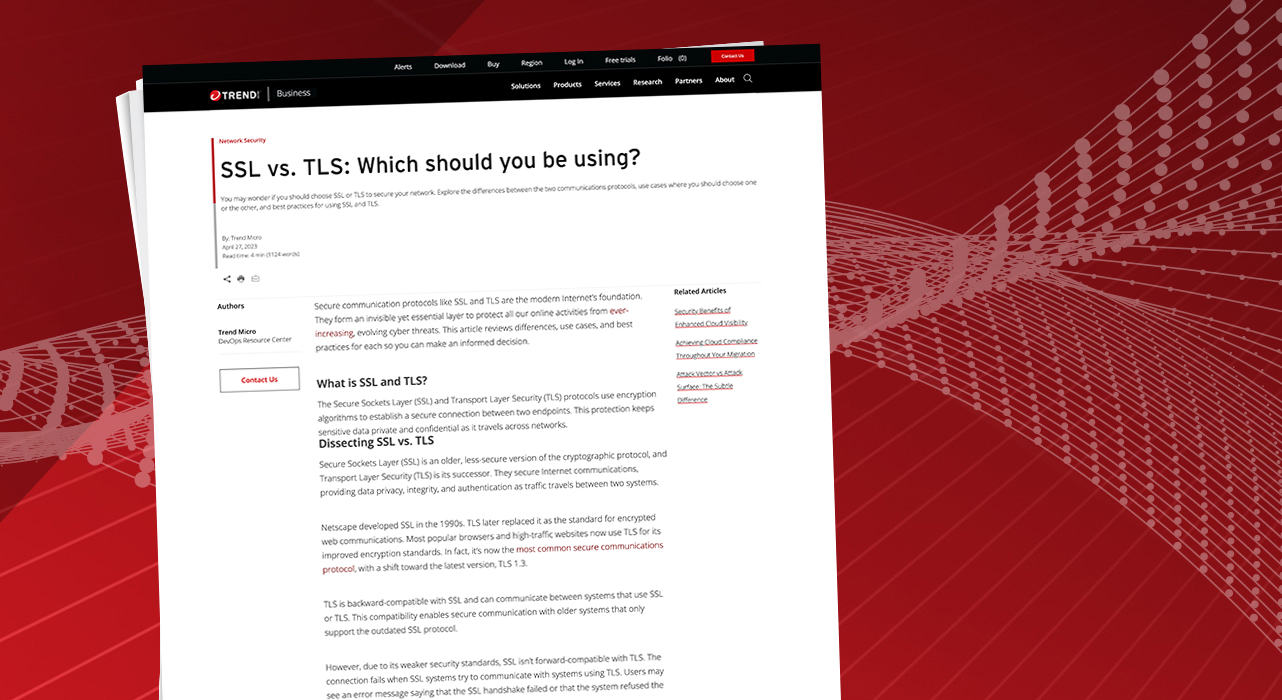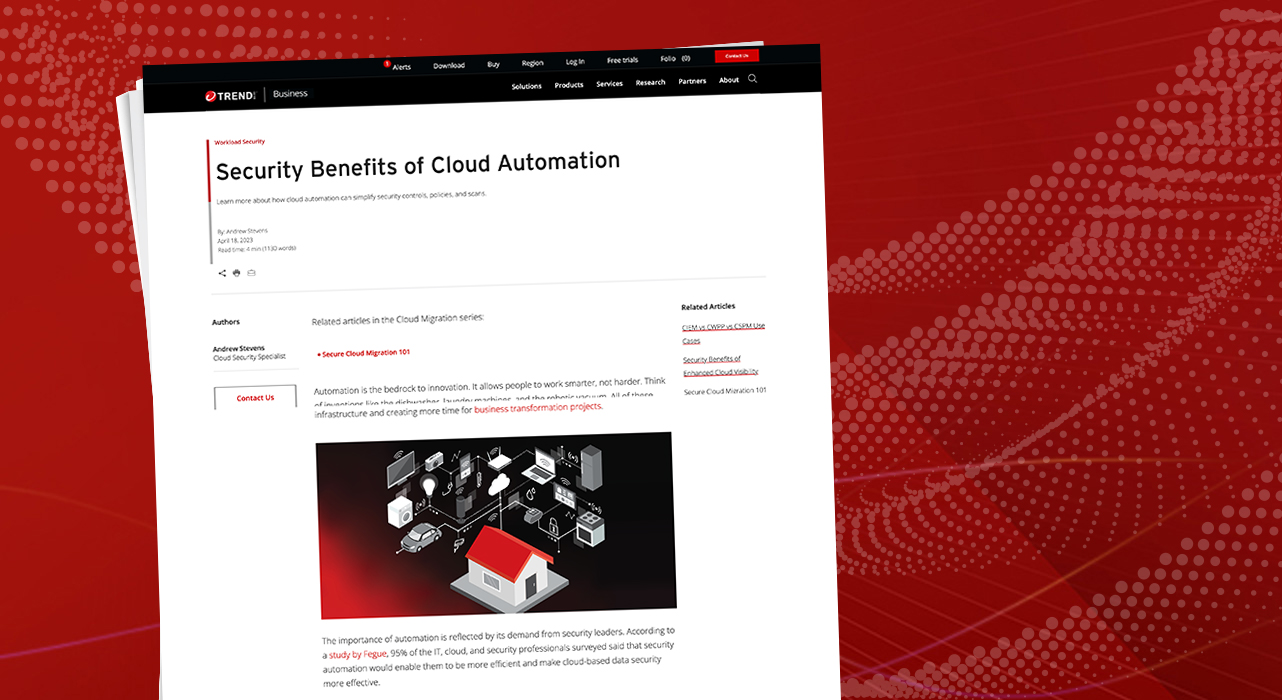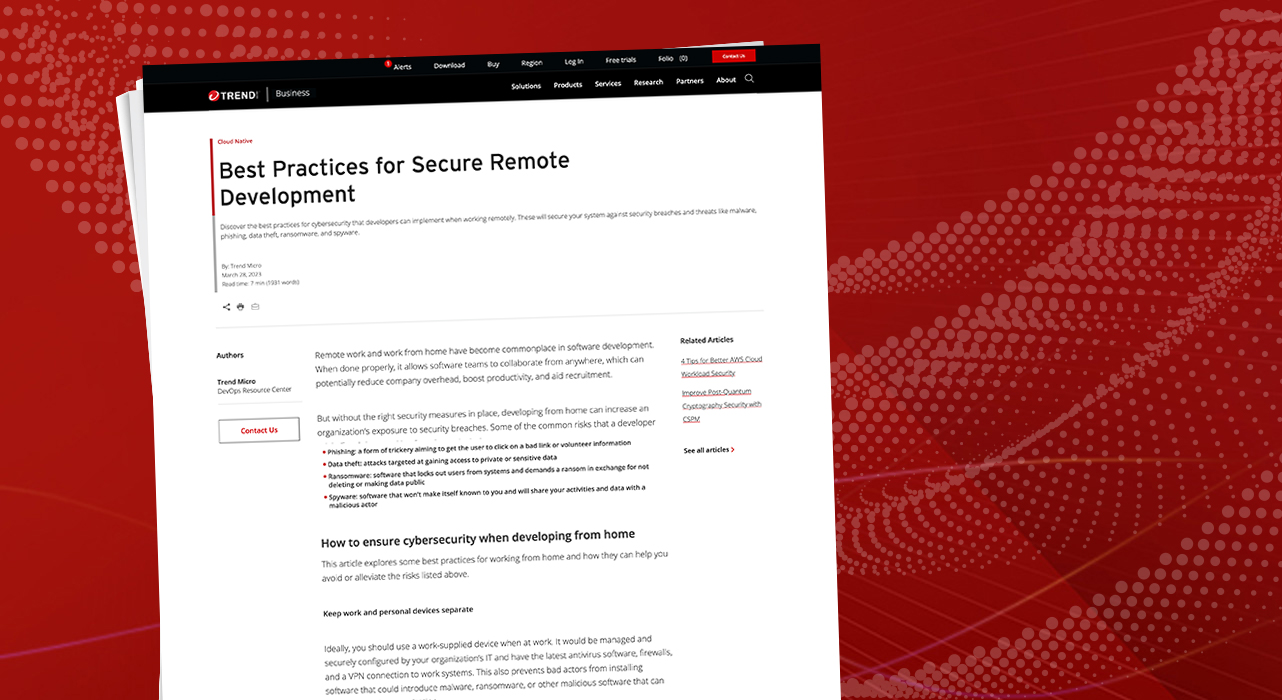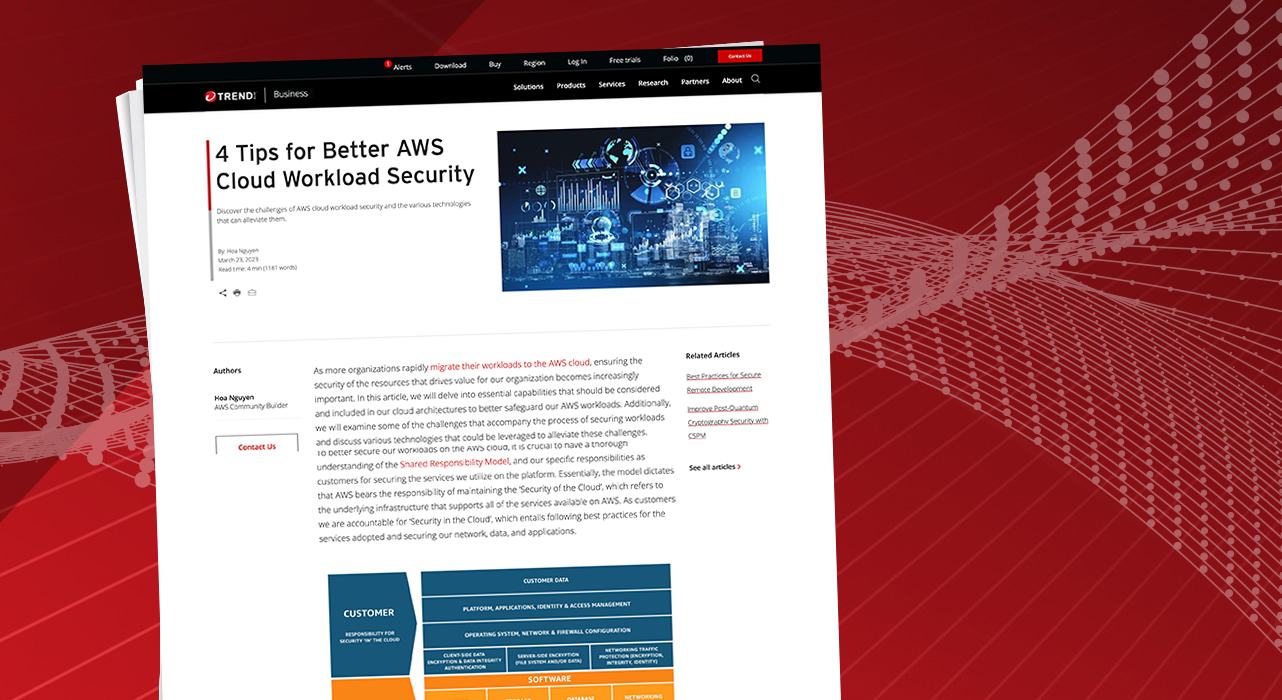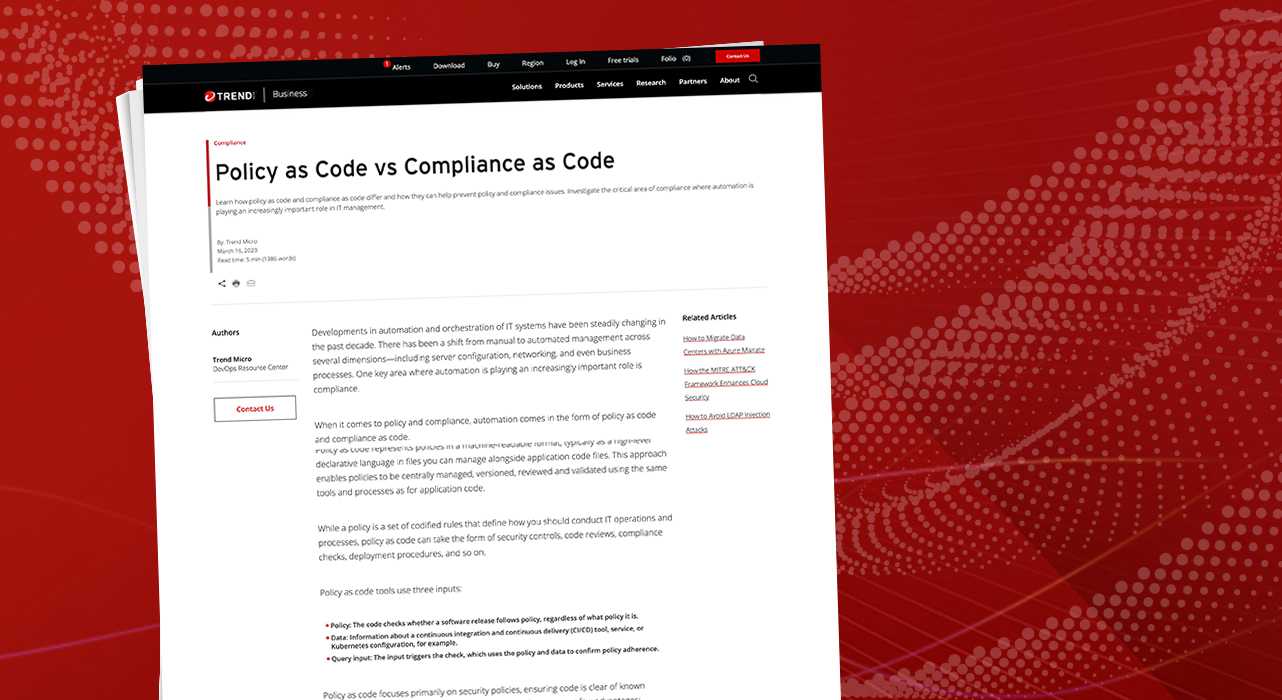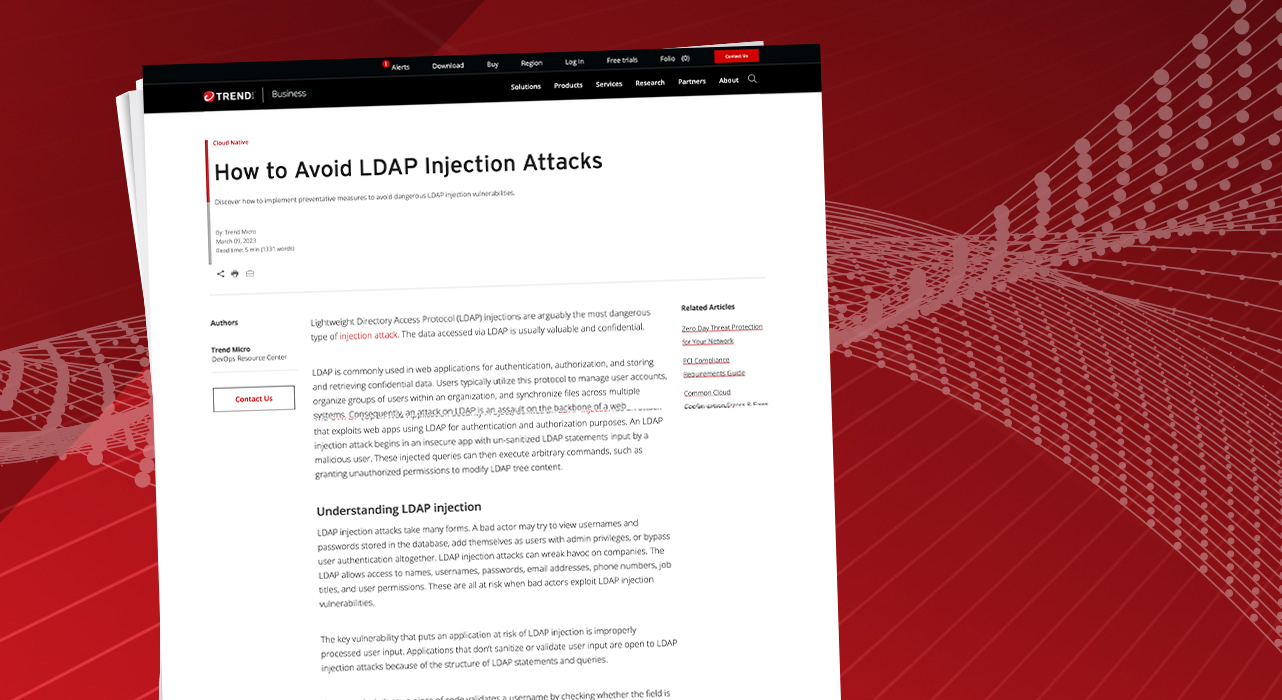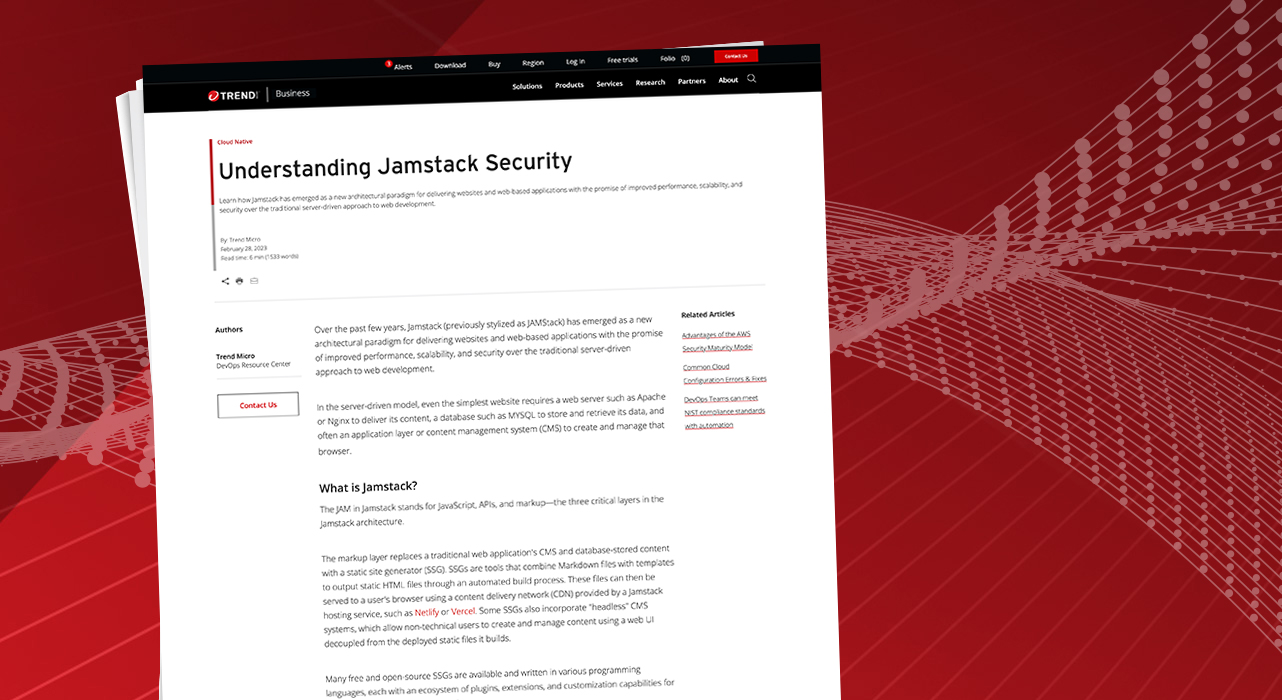- Secure Firewall & Multicloud Defense: Secure Connectivity With Simplified Policy Across Clouds
- Go Beyond at Cisco Live with Cisco Customer Experience
- Overcoming Common Data Security Challenges
- Stephen Khan Receives Infosecurity Europe Hall of Fame Award
- Ways IT leaders can meet the EU AI Act head on
Evolving Broadband Networks with Cisco Subscriber Edge
This is Part III of a three-blog series on solutions to overcome challenges associated with bridging the digital divide. In part I of this series, we discussed traditional broadband network architectures and their limitations. In part II, we discussed details on the evolution of broadband networks, using a distributed architecture with a centralized control plane, designed to address the challenges associated with traditional broadband networks. In this final blog, we will focus on the…
Read More


